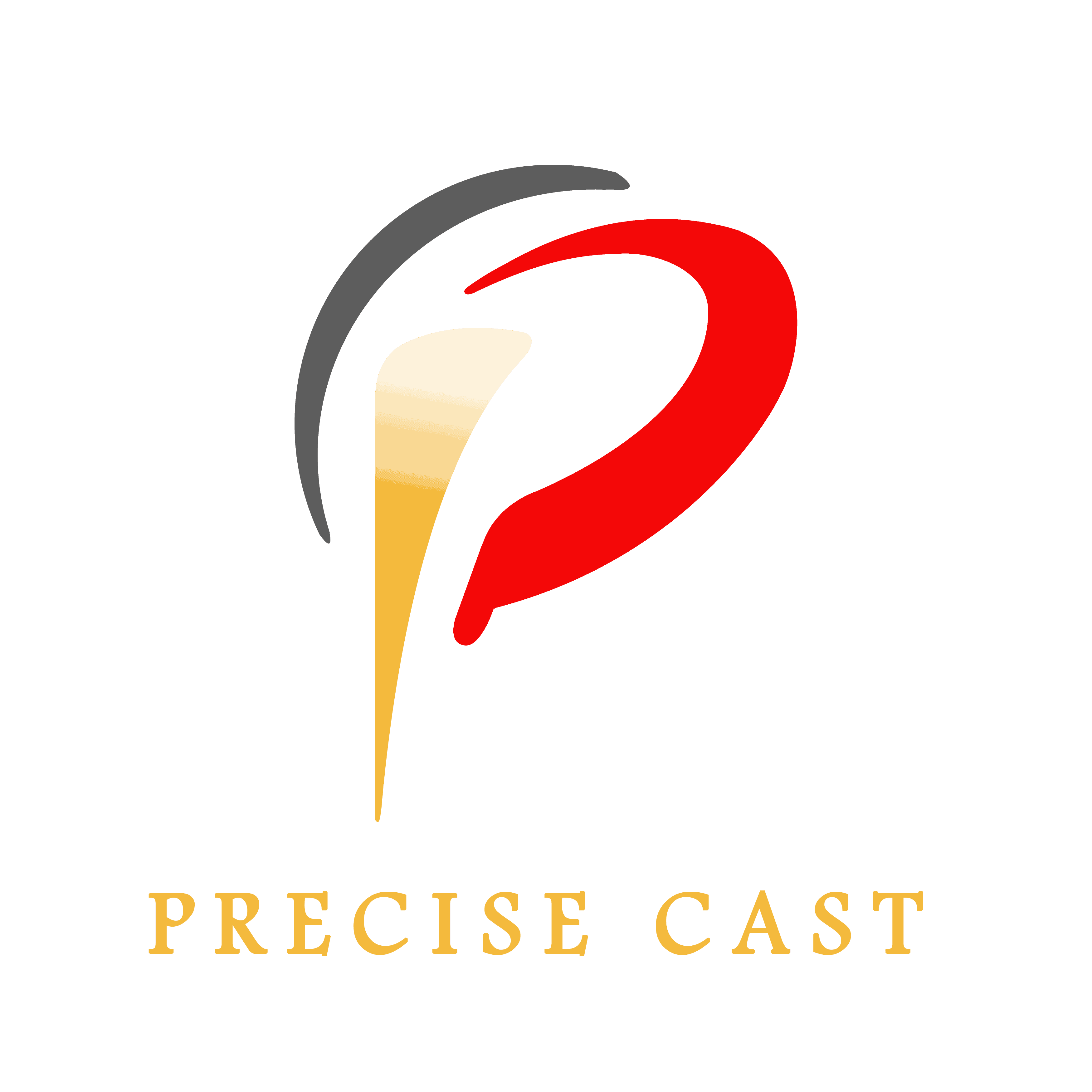What is Investment Casting Process?
The investment casting process refers to making a model with wax, wrapping a layer of refractory materials such as clay on the surface, heating the wax to melt and flow out, so as to obtain an empty shell formed by the refractory material.
Pour the molten metal into the empty shell. After the metal is cooled, the refractory material is crushed to obtain metal parts. This metal processing process is called investment casting, also known as precision casting or lost wax casting.
Advantages of Investment Casting Process

Investment casting has the following advantages compared with other casting methods and parts forming methods:
- Castings come with high dimensional accuracy and fine surface roughness. The dimensional accuracy of castings could reach grades 4-6 and the surface roughness could reach 0.4-3.2μm.
- Investment casting greatly reduces the machining allowance of castings, even can realize no allowance manufacturing, and reduce the production cost.
- Investment casting can manufacture castings with complex shapes which is difficult to be processed by other methods.
- The outline size of the castings can be as small as a few millimeters and as large as thousands of millimeters, the thickness of the thinnest wall can reach 0.5mm, and the minimum aperture can reach less than 1.0mm.
- Unrestricted alloy materials: such as carbon steel, stainless steel, alloy steel, copper alloy, aluminum alloy, superalloy, titanium alloy, and precious metal can be produced by investment casting.
- Especially for alloy materials that are difficult to forge, weld, and cut, it is more suitable for production by investment casting.
- Investment casting comes with high production flexibility and strong adaptability, which not only can be used for mass production, but also for low-volume or even single-piece production.
- In summary, investment casting has the advantages of strong production capacity, low production cost, complex product process simplification, and quick investment effect, which makes it in a favorable position in the competition with other processes and production methods.
Defects in Wax Pattern Making Process
- Wax Pattern Deformation: after the wax pattern is taken out of the mold, in addition to the shrinkage and change in size, sometimes it will be artificially deformed due to incorrect techniques when taking it out.
- Due to the flexure and deformation of the wax pattern being common during cooling, so the wax pattern that has just been taken out of the profiling should still be placed carefully, usually laid flat with a larger plane as the datum plane.
- In addition, factors such as too soft wax and unreasonable profiling design may also cause wax pattern deformation.
- Wax Pattern Filling Dissatisfaction: the main reasons are low wax temperature, slow injection speed, and low profiling temperature, resulting in a faster cooling rate during the wax-flowing process.
- It is manifested in the dissatisfaction of the filling of the corners and edges or the thin-walled part of the wax pattern. This situation is very similar to the insufficient casting of metal castings.
- Drapes in Wax Pattern: this is one of the most common defects, that is, there is a very thin wax sheet overflowing at the profiling joint, the joint of the profiling composite blocks, and the connection between the core and the core base.
- The main reasons for drapes are due to insufficient profiling accuracy, the profiling parting surface or the joint surface of profiling internal parts are damaged or attached with dirt, insufficient profiling force, excessive wax injection pressure, or excessive wax temperature.
- Bubbles in Wax Pattern: one is the surface bubbles visible with the naked eye, and the other is the bubble inside the wax mold, which is usually large and cannot be seen, but it can be found by the local bulging of the wax pattern, which is caused by the expansion of gas in the wax pattern.
Key Points of Investment Casting Process
- No need to spray too much parting agent into the mold cavity.
- Do not easily change the established melting and pressing cycle parameters of the wax pattern.
- The wax pattern should be placed in the storage tray, separated from each other to avoid damage. Clamps could be used when necessary to avoid wax pattern deformation.
Application Fields of Investment Casting Process
Investment casting is used in almost all industrial fields, especially in electronics, petroleum, chemical industry, energy, transportation, light industry, textile, pharmaceutical, medical devices, pumps, and valves, etc.
